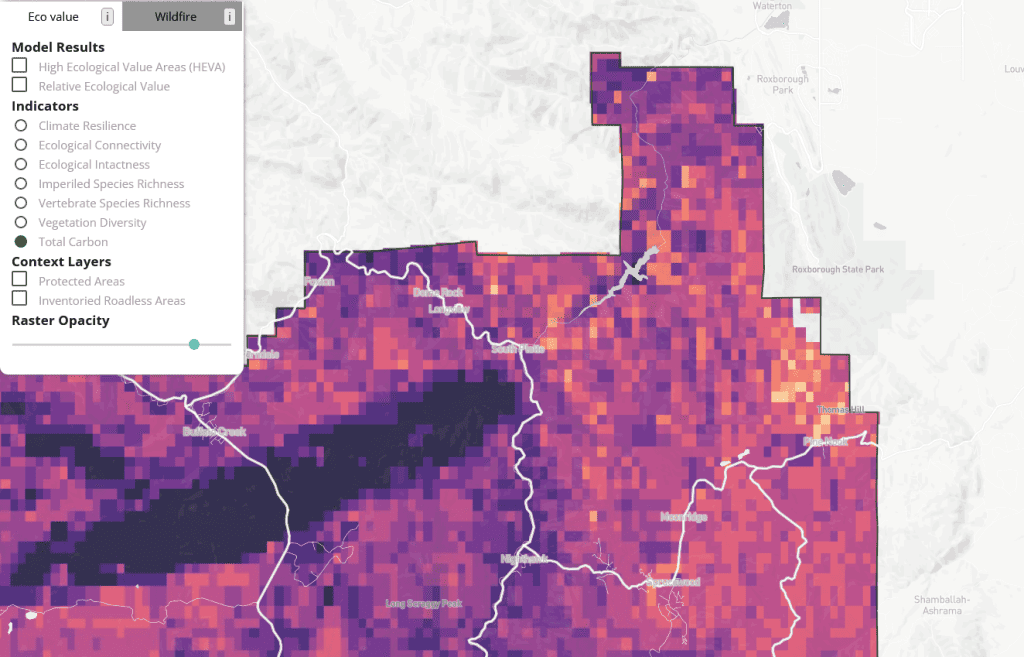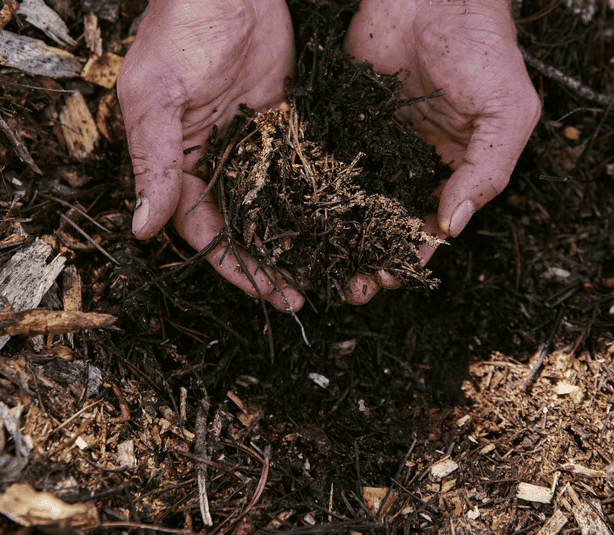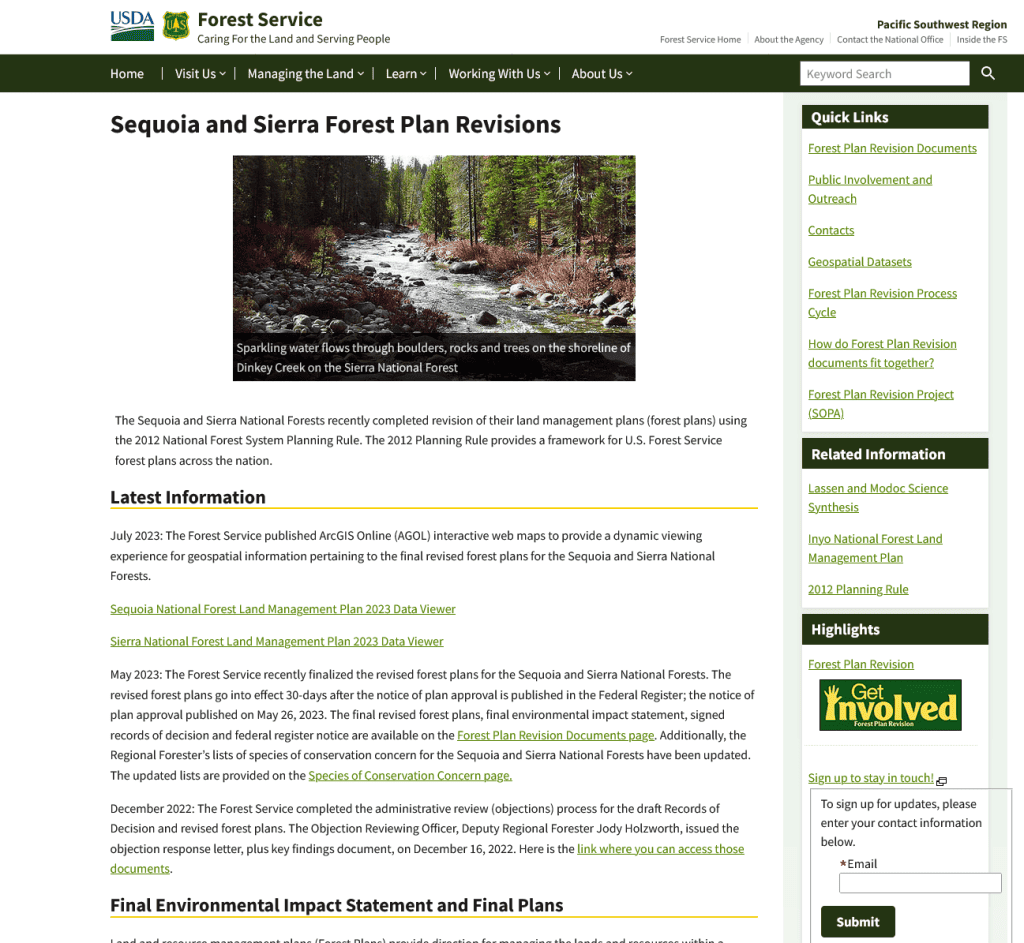Many thanks to folks who have sent in comment letters and news stories! There seems to be a full-court press by the Powers That Be on this one. I will stay with this one and provide updates.
*************************
Rumors
Reports are that BLM Director Stone-Manning is concerned that (some) current employees are less than supportive of the Proposed Reg. I don’t know if they had employee feedback sessions on the draft.. also rumor has it that some employees heard about it from other Interior agencies first. The latter is a rumor, I’m only mentioning this here because it’s hard to get documentation of non-support from current employees,and the lack of documentation means the “real” press can’t cover it. I think a current employee would have to be pretty careful with whom they share their opinions. Media folks can give off vibes that they are on the same team as the Biden Admin, which might make it more difficult for employees to open up. Anyway, FWIW. Anyone with better info please contact me.
*************************************
FS Response to My Questions
I asked the Forest Service the below questions and the Press Office was kind enough to send a timely reply. It was interesting that despite no formal OIRA review, the Forest Service had reviewed the Proposed BLM Reg. Apparently while I found inconsistencies, that I outlined in this post, either the FS didn’t or aren’t concerned, or were told not to be concerned..which is good to know. I sent a similar email question to DOE and have not heard back. FS definitely wins this one, thanks Press Office! My questions are in bold.
Did USDA review the Proposed Rule, especially the definition of “conservation” that is different from USDA? (I realize the Proposed Rule did not have OIRA review, but they might have asked you as a courtesy). If so, may I have a copy or the review? Otherwise I can FOIA it.
In the Proposed Rule, the BLM claims that it cannot respond to its challenges without a mapping exercise around “intactness” and without conservation leases. And yet the Forest Service plans to respond to its similar challenges without these tools. Could the USDA or the Forest Service provide a statement on why the Department or the FS doesn’t feel that those tools are necessary for its work?
Here’s the FS response:
The Forest Service was provided the opportunity to review the proposed rule and we are continuing to review and evaluate its impacts to federal lands. Regarding your second question, through implementation of the 2012 planning rule and our recently announced advanced notice of proposed rulemaking, we will continue to address new and existing challenges. Thanks for your inquiry, and as with any federal document, anyone can submit a freedom of information act request to ensure that proper public document release protocols are followed.
*******************
An interesting article on Colorado Public Radio..definitely takes the political angle. but has interesting info.
Here’s a quote: “The concepts and the direction in this proposed rule arise out of years of BLM experience in implementing FLPMA and working with public land users on the ground,” said Culver. I’m not sure that’s true, although a BLM career person in Colorado I know from my past FS work assured me that his own ideas were in it and he had a hand in writing it. Here’s another section of interest..
Many lawmakers dinged BLM headquarters for not holding hearings in rural areas of the West.
Colorado State BLM Director Doug Vilsack, and other state directors, did travel around talking with stakeholders about the draft.
His message was simple: this is only a starting point. And their suggestions would be important to change it for the better.
“Please get beyond your first reaction to this,” he said. “And look at the words in the rule. And tell how they can be changed. Cause I don’t think there is much debate about the need for actual guidance in how we do conservation in BLM.”
Mr. Vilsack apparently has only worked for the BLM since last July (2022), previously having worked for the State of Colorado. So he must be on a pretty steep learning curve about what there is a debate about. I think there is, in fact, a debate, a rather noisy one in fact. BLM folks said the same thing at our Denver meeting, that they had spoken to stakeholders about the draft. The problem with this is that it isn’t documented- so if you are a stakeholder and weren’t spoken to.. as people at the meeting I spoke with had not been, you would get the feeling that some stakeholders count, and you aren’t one of them. It doesn’t engender trust.



